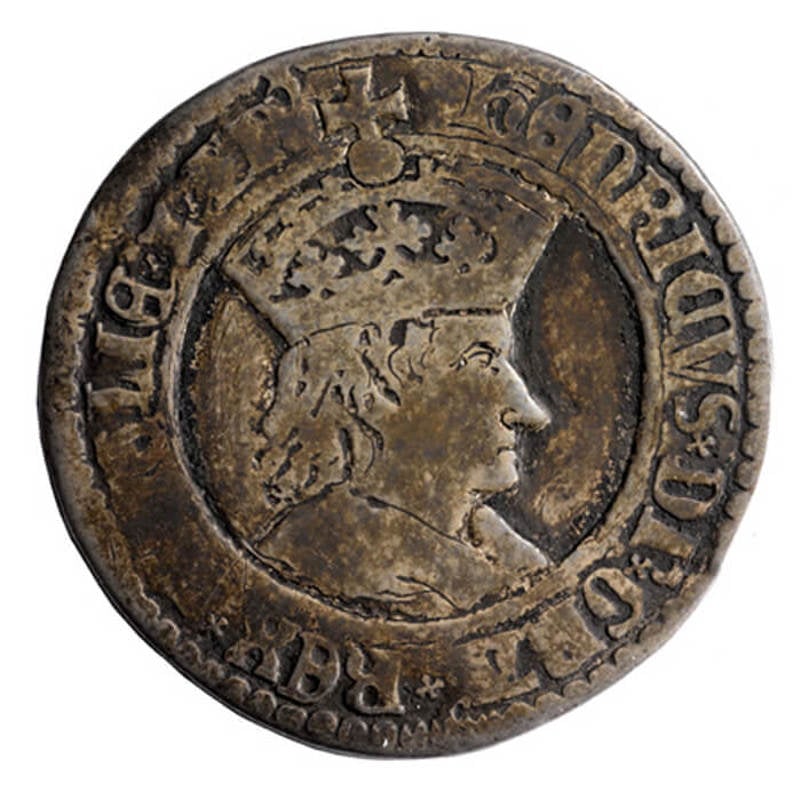Demise of the florin
The last pre-decimal coin
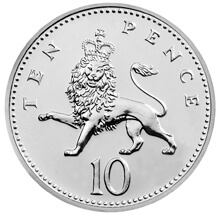
last of the old size 10p pieces
When the old-sized 10p pieces ceased to be legal tender at the end of June 1993, florins of the former £sd coinage, re-denominated as 10p pieces at the time of decimalisation, were removed from circulation.
The withdrawal of the florin, the last of the £sd coins to be used daily, effectively completed the process of decimalisation. In a way, as the Chancellor of the Exchequer observed in his speech at the 1993 Trial of the Pyx, this is ironic, because when the florin was introduced in 1849 it was intended, being one tenth of a pound in value, as a first step towards a decimal coinage.
Early suggestions
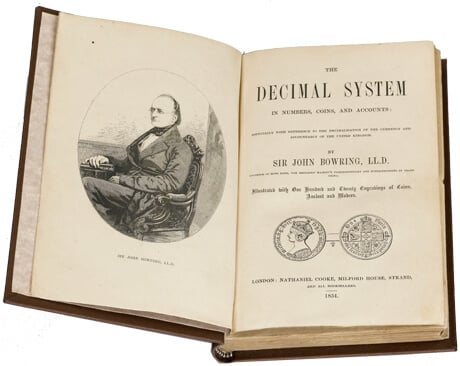
Bowring, knighted in 1854, was a leading advocate of decimal coinage
Its introduction had been prompted by a growing enthusiasm for decimalisation during the first half of the 19th century, bringing with it the discussion of the desirability of two-shilling pieces. These were seen as essential in changing over to a decimal system and they were, for instance, recommended to the House of Commons by Sir John Wrottesley in 1824. A similar proposal was made in the Report of the Lost Standards Commission in 1841, so that Dr John Bowring’s parliamentary motion of 27 April 1847 cannot have taken the Government by surprise.
What Bowring proposed was the issue of two new coins, one being a tenth and the other a 100th of a pound in value. The effect, he said, would be to introduce a decimal system into keeping accounts. He suggested that ‘every man who looked at his ten fingers, saw an argument for its use, and an evidence of its practicability’.
Response of government
Sir Charles Wood, the Chancellor of the Exchequer, was cautious in his response, reminding the House that ‘there was hardly anything with respect to which the minds of people, or perhaps their prejudices, were more difficult to change, than the coinage of their country’. He acknowledged, however, the advantages of a decimal system and he also saw that its adoption would be assisted by the issue of two-shilling pieces. Since such a coin could be part either of the existing £sd system or of a new decimal system, he found himself in the happy position where no harm could result whether the coin was a success or a failure. Accordingly, he said that he would have no objection to its issue.
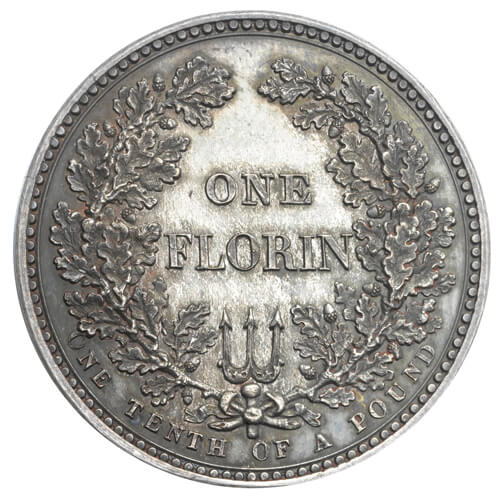
coins of 1848 reveal an interest in other names, among them centum and decade, but florin was the name ultimately chosen
Introduction of the florin
Preparations were put in hand but the eagerly-awaited coin did not appear until the late summer of 1849. On its reverse, in keeping with the reason for its introduction, the value was spelled out as ONE TENTH OF A POUND. It was given the centuries-old name of florin, a name not selected out of historic sentiment for the short-lived gold coin of Edward III, but rather because the new coin corresponded in size and value to contemporary Dutch and Austrian florins. By the later account of J Birkbeck Nevins, it was chosen in deference to the wishes of the Prince Consort, who is reported to have encouraged Bowring and who in his youth would have been familiar with the florins of Continental Europe. Some critics, however, thought the name a handicap that would impede the circulation of the coin, and to the outspoken numismatist Richard Sainthill it seemed ‘nonsensical’.
Controversy over design
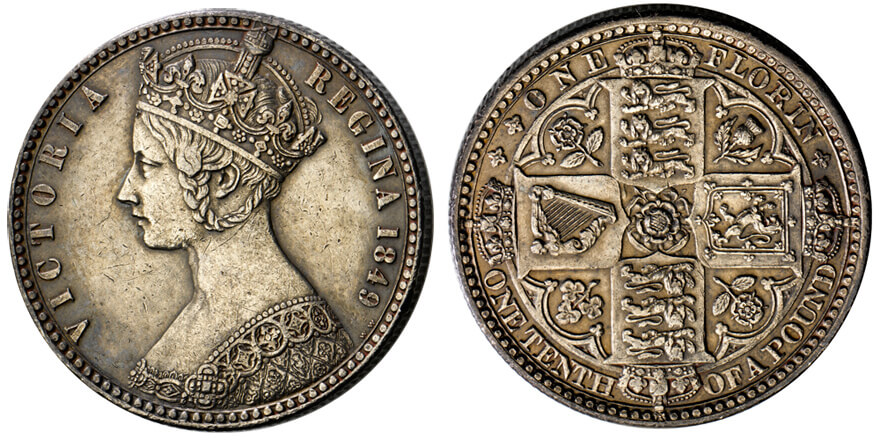
Silver florins, their value prominently displayed, were introduced in 1849
But any disagreement about the name of the coin was nothing to the hurricane of protest that greeted its appearance. The coin aroused enormous passion because it omitted from the queen’s titles the customary Latin words for ‘by the Grace of God’ and ‘Defender of the Faith’. Dubbed in consequence the Godless or Graceless florin, the coin provoked wild rumour and religious outrage, fuelled by the knowledge that Richard Sheil, the Master of the Royal Mint, was a Roman Catholic. Week after week, public journals contained invective and insinuations on the subject to an extent, it was said, that in time to come would hardly be credited.
Defence of the design

Richard Sheil, the Irish politician and dramatist, was Master of the Royal Mint from 1846 to 1850
The issue of the new coins was suspended and in the House of Commons on 25 February 1850 Sheil bravely took full responsibility. Denying that he had been swayed by any fanatical feeling or prejudice, he insisted that no man could have been more ready than himself to acknowledge that a ‘Queen, adorned by so many virtues, is the special gift of Providence’. The usual abbreviations, he explained, had been omitted solely for aesthetic reasons, the lengthy inscription on the reverse requiring in his view to be balanced by an obverse that was as simple as possible. He did not add that the engraver, William Wyon, had opposed such a course. Neither did he add, however, as is believed to be the case, that the Prince Consort had favoured the brief inscription VICTORIA REGINA on the grounds that it gave the coin a more emphatic character.
Success of the florin
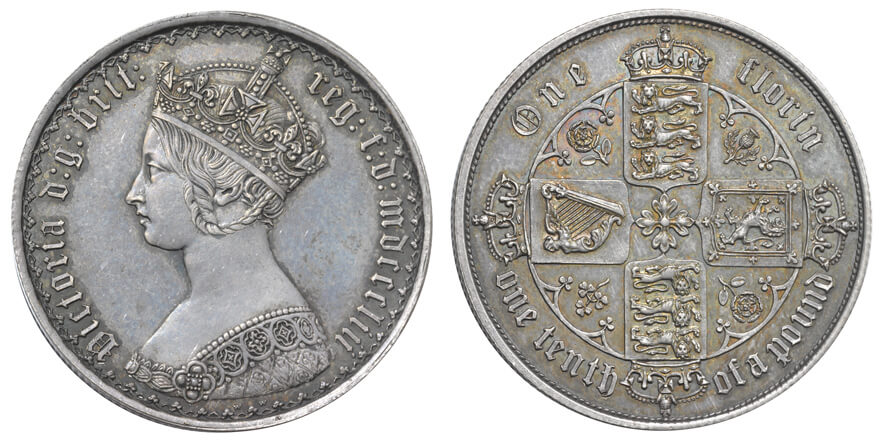
For the second issue of florins, released in 1852, a fuller version of the royal titles was used. The inclusion of the date in Roman numerals has misled many into believing that coins of this type are undated
When issues resumed in 1852 the full titles were restored, but the new coin had still to overcome the more serious threat to its existence posed by its similarity to the well-established half-crown. The possibility of confusion and fraud had been recognised during the parliamentary debate of April 1847, and had been countered to some extent by choosing for the florin a diameter halfway between that of the shilling and the half-crown. This, however, produced somewhat dumpy coins which lacked the sound of the clear ring that so comforted the public when handling silver. As a result, the diameter was increased for the revised issue, thereby improving the ring but bringing the coin closer in size to the half-crown.
Fortunately for the success of the florin, minting of half-crowns for circulation ceased in 1850 and the small stock held by the Royal Mint was exhausted by September 1853. Whether this happened naturally or as a deliberate act of policy is not entirely clear, but there can be little doubt that the suspension of the half-crown enabled the florin to take root. By 1855 the House of Commons felt able to congratulate itself on the eminently successful introduction of the new coin.
Conflict with the half-crown
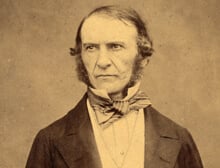
The famous statesman William Gladstone was involved in discussions about the future of the half-crown and the florin
An official notice on the circulation of florins and half-crowns was sent to bankers in 1854 and the replies were interpreted as showing a preference for the florin to circulate on its own. An unconvinced Treasury, suspecting that these replies had been prejudiced by the current interest in decimalisation, authorised a second notice in 1861 after the prospect of decimal coinage had begun to recede. The results, ambivalent and inconclusive, tempted the Treasury to put a stop to the florin, but reports by the Royal Mint in favour of the florin confused the matter so successfully that even Gladstone, who favoured the half-crown, confessed himself to be ‘rather in the clouds’. No action was therefore taken and issues of the half-crown remained suspended.
Florins and half-crowns co-exist
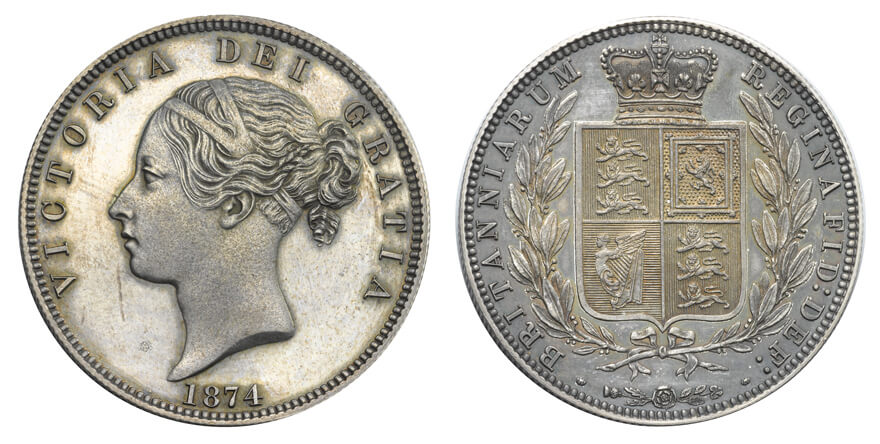
Minting of half-crowns resumed in 1874 and half-crowns and florins circulated alongside each other until decimalisation
A third enquiry was instituted in 1873, by which time decimalisation had disappeared into the far distance and the number of florins had come to exceed that of half-crowns. The discrepancy seemed likely to grow quickly with worn half-crowns being removed from circulation, and the Royal Mint notice to bankers spoke of the need to arrive at ‘a definitive consideration of the course to be hereafter pursued’. This time the replies produced a decided majority in favour of the two coins being allowed to circulate side by side. Gladstone thereupon gave instructions in February 1874 for the minting of half-crowns to be resumed, and the two coins continued to co-exist until the approach of decimalisation in the late 1960s.
Reduction of conflict
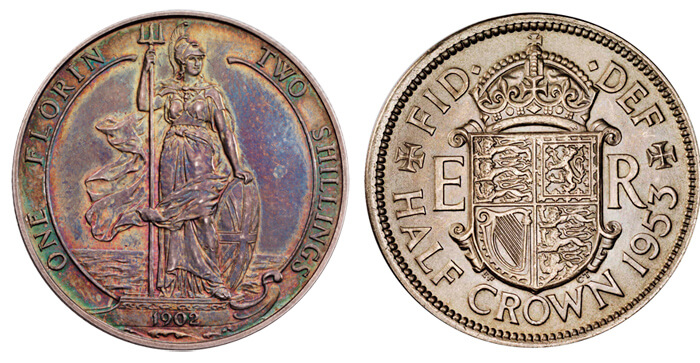
Left: The model for the standing Britannia on the florins of Edward VII is thought to have been Lady Susan Hicks-Beach, daughter of the then Master of the Royal Mint. Right: The similarity in size of the half-crown and the florin remained a source of confusion until decimalisation
Yet it remained until the end a somewhat uneasy co-existence, the consequence so the Deputy Master of the Royal Mint complained in 1958 of ‘administrative caution and compromise’. Twice more, in 1887 and 1893, an adjustment was made to the diameter of the florin to distinguish it more effectively. In 1892 an official committee, charged with obtaining new designs for the coinage, recommended the adoption of different portraits for the two coins as a further aid. It reckoned, however, without the queen, who strongly objected to the portrait proposed for the florin and dismissed the notion that anyone ‘will look at the Head on the Florin to distinguish it from the Half-crown’. Nevertheless, the possible advantage of a more distinctive design for one or other coin was not forgotten. Soon afterwards, when new coins were required following the accession of Edward VII, an unusual standing figure of Britannia was adopted for the reverse of the florin. The design marked a radical departure from the heraldic reverses which had previously been used for florins and half-crowns and was intended, in the words of the official explanation, to make the two coins ‘as dissimilar as possible’. The charming design unfortunately found its critics and was replaced by a traditional heraldic reverse for the coins of George V.
Decimalisation
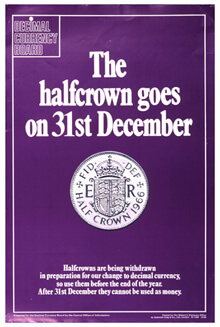
Unlike the florin, half-crowns did not survive decimalisation and were demonetised with effect from 31 December 1969
Florins and half-crowns continued to be produced in roughly equal numbers. Their combined circulation was identified by the Committee of Inquiry on Decimal Currency in 1963 as one of the main criticisms of the £sd coinage then in circulation, being ‘too close in value and, many add, too close in size’. The Committee saw no place for both in its decimal system and had no hesitation in recommending the florin as the coin to keep. The Government agreed and the half-crown was demonetised at the end of 1969, leaving the florin to be re-denominated as a 10p piece and to remain in circulation alongside its decimal equivalent until 1993.
You might also like
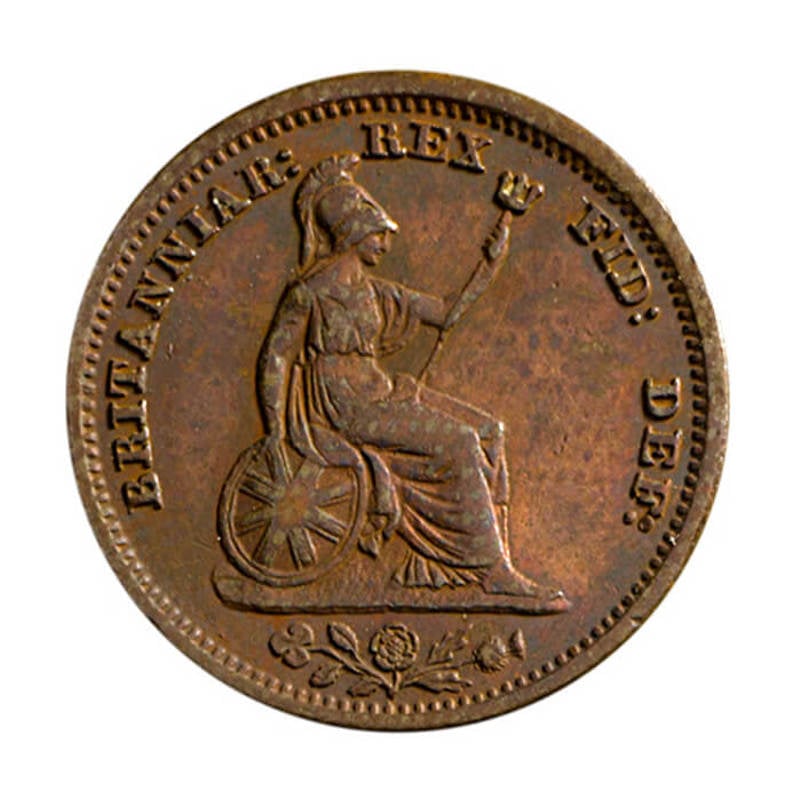
Fractional Farthings
Fractional farthings were struck in the 19th century but did not remain in circulation for long.
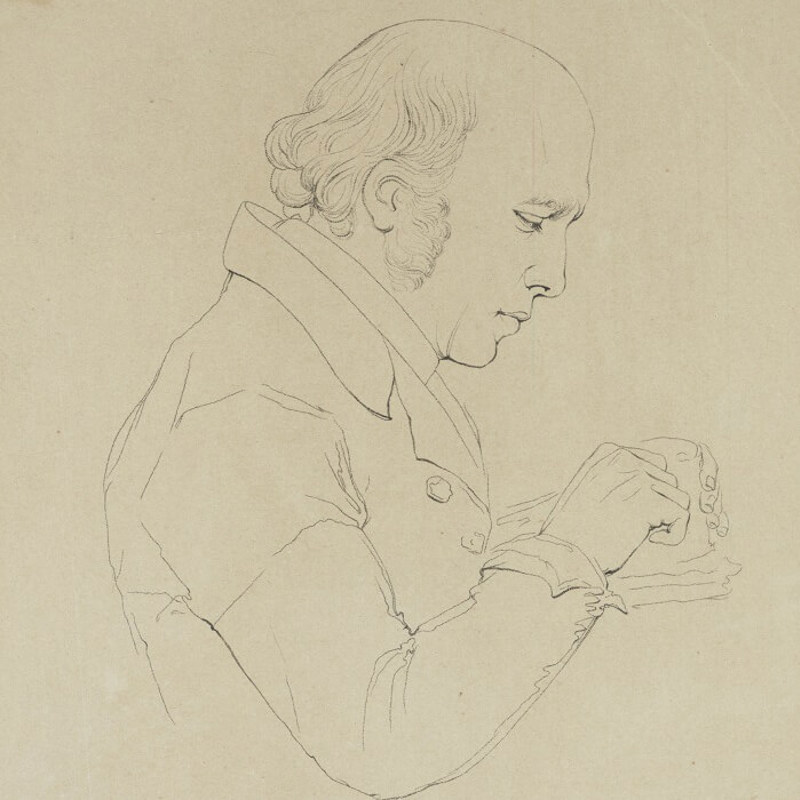
William Wyon
Wyon's enduring reputation rests largely on his coin and medal portraits of Queen Victoria.
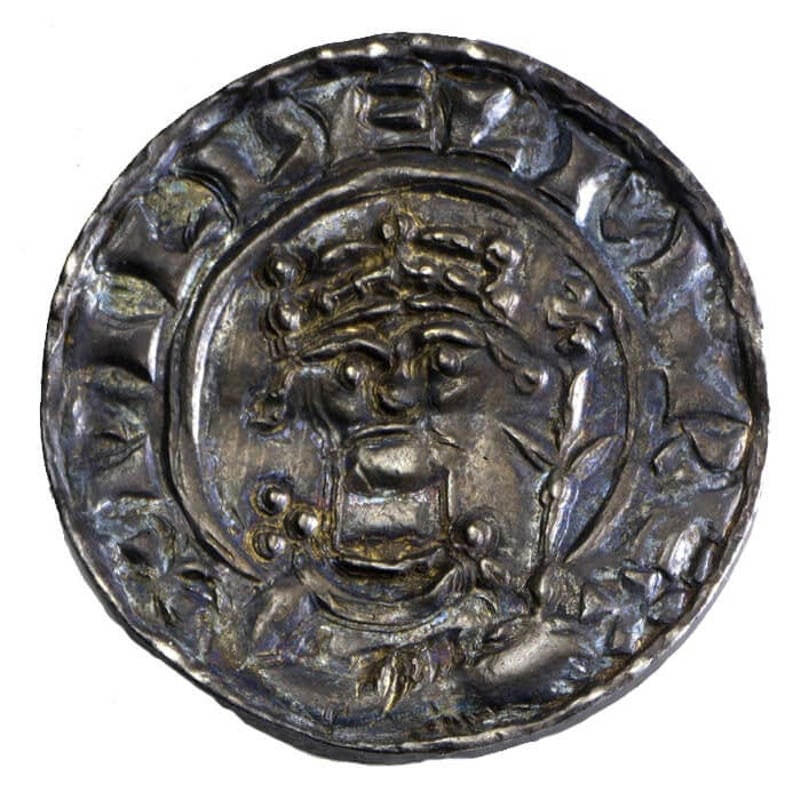
Pounds, Shillings and Pence
The pre-decimal currency system consisted of a pound of 20 shillings or 240 pence.

